Byculla-born Israeli scholar Dr Saul Sapir tells Fiona Fernandez about how his new book will help showcase historic footnotes that added to the cosmopoliticism of Western India
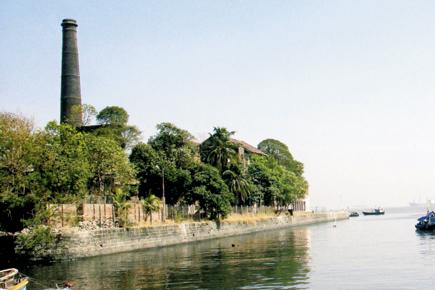
Sassoon Dock
We spot Dr Saul Sapir at his favourite Mumbai bookstore, near Flora Fountain. He’s a familiar face in these parts. After all, his visits to the city are touching 20. “I love Bombay; and find new ways to keep coming back,” he admits.
ADVERTISEMENT
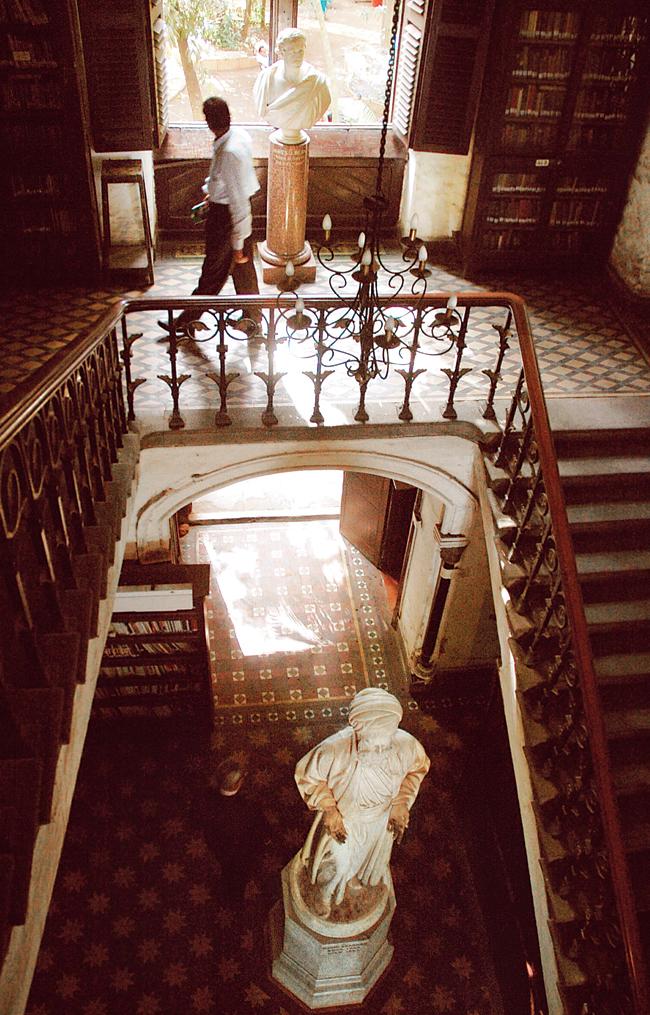
David Sassoon’s statue sculptured by Thomas Woolner at the entrance of the David Sassoon Library in Kala Ghoda. File Pic
His family moved to Israel when he was a school boy. Last year, the scholar and Baghdadi Jew had released Bombay: Exploring the Jewish Urban Heritage, a meticulously researched tome on the contributions made by the Jewish community to the city. Now, he is ready with another title — Working and Driving Heritage Tours of Bombay and Konkan.
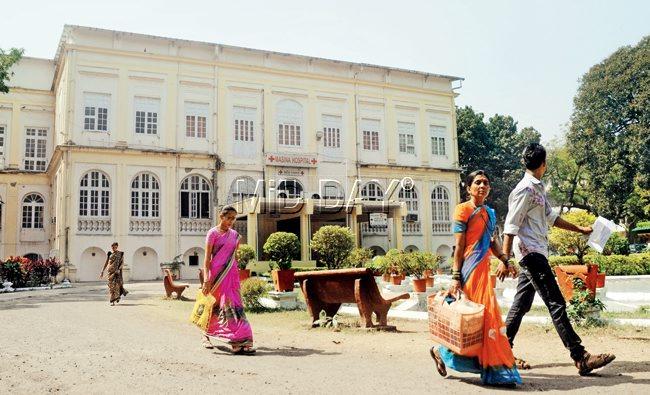
Masina Hospital in Byculla is the former home of David Sassoon, the Baghdadi Jew visionary and entrepreneur. Pic/Bipin Kokate
Dr Sapir, an expert on Israeli history, architecture, archaeology, geography and town planning, was born in Mumbai. His father worked with Manchester Mills, Chinchpokli while Sapir Jr studied at Deolali’s Barnes School.
Eyes gleaming with excitement, he tells us about all the wonderful treasures he stumbled upon while working on this labour of love. “I found out about a prayer hall in Kurla (W) that is still visited by seven Jewish homes. Who would have imagined to find such a place!” he reveals, while showing me photographs from his digital camera of his little adventure into suburban Mumbai and will include this find in the book as well (see box: The Kurla Chronicles).
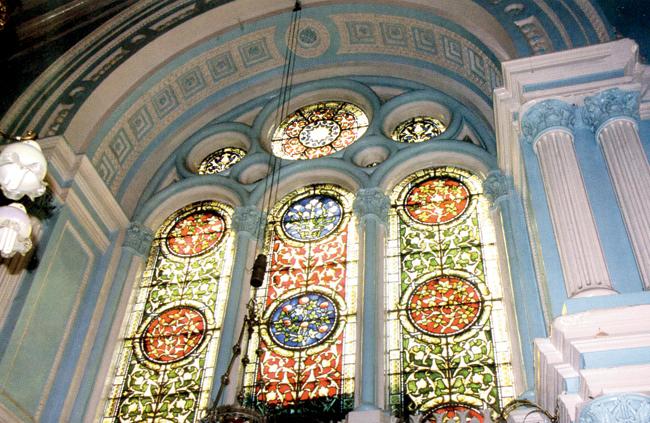
The stained glass window inside the Keneseth Eliyahoo Synagogue, 2012
Booked on a trail
He continues, “This book will include areas and landmarks that were connected with Baghdadi Jews and Bene Israelis. It will cover the Konkan as well, primarily Alibaug, Pen, Panvel and Revdanda. These were integral to the arrival of the Bene Israelis in India. According to different records, they arrived here between 2,000-2,700 years ago, as descendants of one of the 10 lost tribes of Israel. They arrived in boats (seven men and women, respectively) at Navgaon and made it their home,” he tells us.
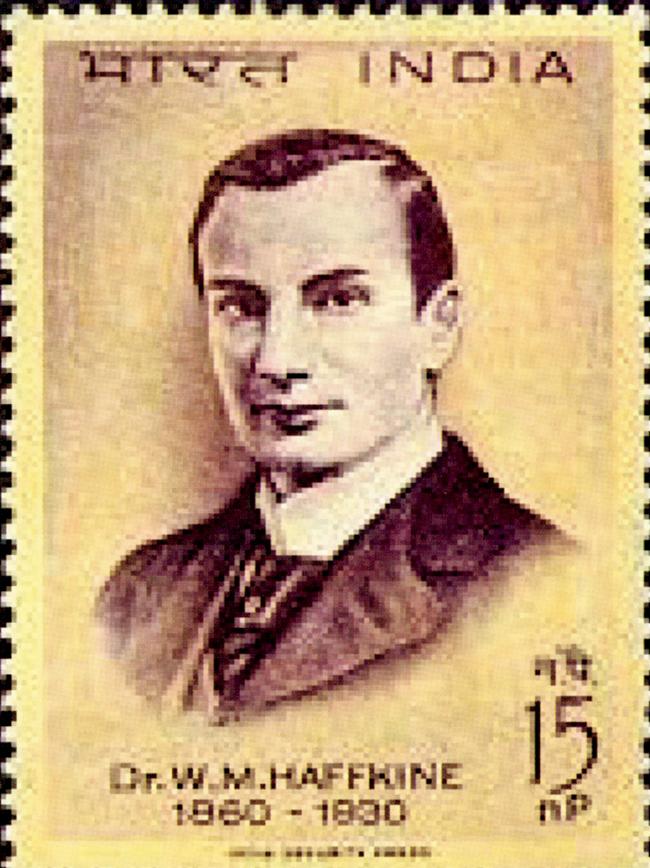
A stamp honouring Dr Waldemar Haffkine who was a Russian Jewish doctor and resident of Bombay
He takes us further into this intriguing timeline, where India has repeatedly welcomed outsiders. He recalls his excitement of visiting the memorial and cemetery at Navgaon during his visits to the area for research. Dr Sapir adds, “The Bene Israelis stayed on the Konkan till the mid-1700s. By the mid-18th century they (the Divekars and the Astamkars) were the first families to set foot outside this region, and arrived in Bombay where in 1796, Samuel Ezekiel Divekar built the city’s first synagogue on Samuel Street in Mandvi.”
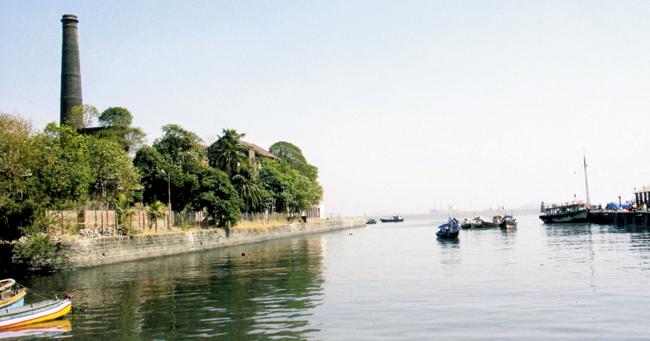
Sassoon Dock, Colaba, 2006. Main entrance from the Arabian Sea. PICS COURTESY/ DR SAUL SAPIR, BOMBAY: EXPLORING The Jewish Urban Heritage
Within Mumbai, the trails will cover famous synagogues like the Keneseth Eliyahoo Synagogue (Kalaghoda) and the Magen David Synagogue (Byculla); it will also chart areas like Nagpada’s Jew Garden, Masina Hospital (David Sassoon’s former home Sans Souci), Ballard Estate, Masjid’s Samuel Street, Israeli Mohalla, Sassoon Docks, JJ Hospital and Parel’s sprawling Sassoon Mills. The book took a year to research, and Dr Sapir’s recent trip was to give it a few finishing touches.

Dr Saul Sapir
“Today, most places of Jewish significance are abandoned because a majority migrated to their homeland in Israel post 1948. In the mid 1950s, there were 25,000 Bene Israelis and 6,000 Baghdadi Jews.” Today, sadly only 4,500 Bene Israelis and a few dozen Baghdadi Jews remain in the Mumbai and Raigad region, according to Dr Sapir. “I hope this book does justice to their immense contribution,” he ponders, before taking our leave; possibly, to seek out another unknown treasure in the neighbourhood.
NOTE: Bombay has been referred to as Mumbai in certain areas to retain historic chronology or as mentioned by the author
 Subscribe today by clicking the link and stay updated with the latest news!" Click here!
Subscribe today by clicking the link and stay updated with the latest news!" Click here!






